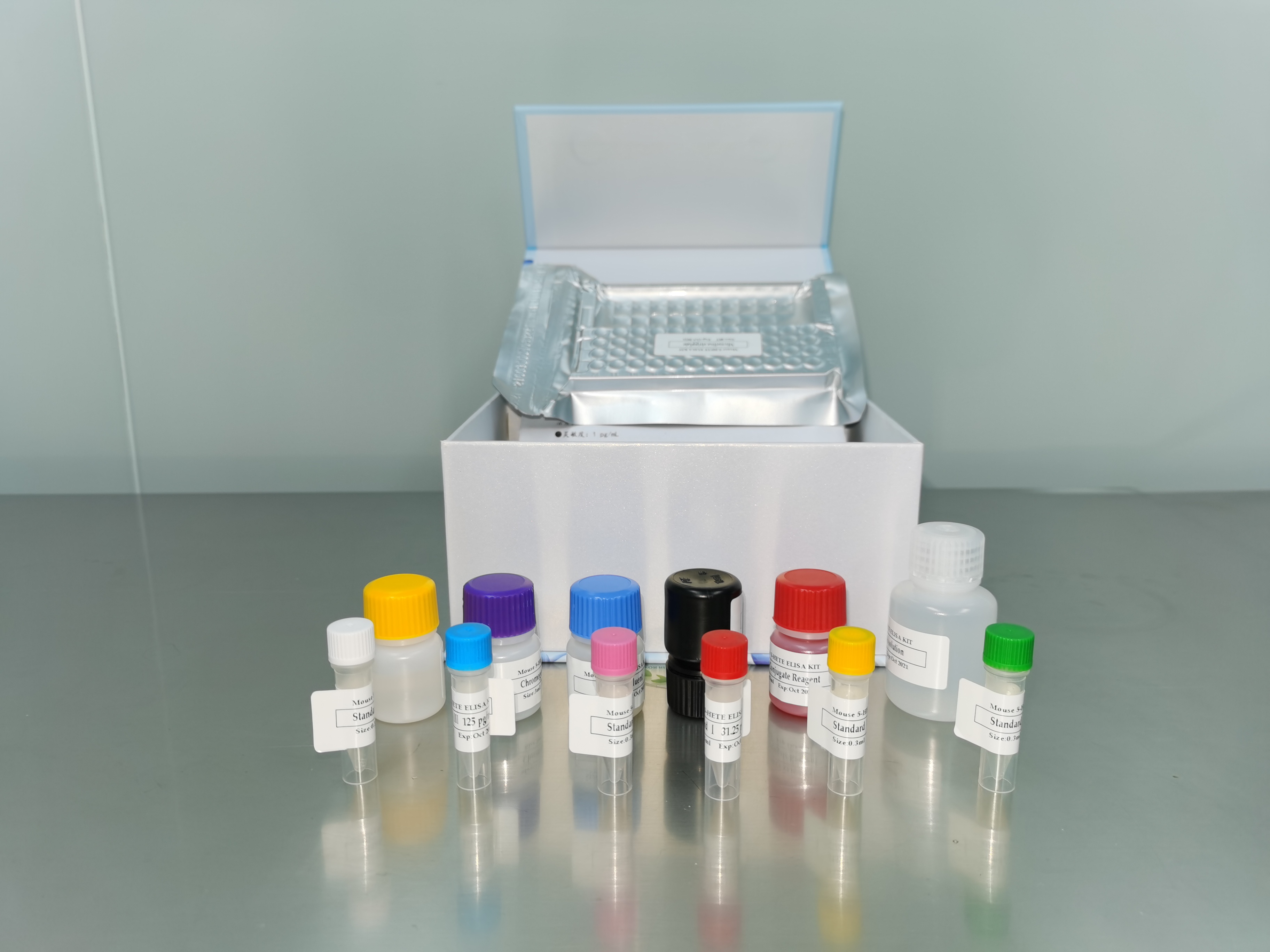| 产品名称: | Naegleria pringsheimi De Jonckheere |
|---|---|
| 商品货号: | TS132455 |
| Strain Designations: | NB-1 Naegleria gruberi NB-1 |
| Biosafety Level: | 2
Biosafety classification is based on U.S. Public Health Service Guidelines, it is the responsibility of the customer to ensure that their facilities comply with biosafety regulations for their own country. |
| Isolation: | England, United Kingdom |
| Product Format: | frozen |
| Type Strain: | no |
| Medium: | ATCC® Medium 711: PYB |
| Growth Conditions: | Temperature: 34.0°C Max Temperature: 35.0°C Min Temperature: 25.0°C Duration: grown with Klebsiella pneumoniae (i.e., culture is bacterized) Protocol: his strain is distributed as a frozen preparation. See the general procedures for thawing a frozen vial. Once vial is thawed, aseptically transfer the entire contents to the center of an agar plate of ATCC medium 711 and spread it evenly over the surface of the plate with a spread bar. Incubate the plate at 25C. Trophozoites (amoebae) should be evident within 2-3 days. |
| Subcultivation: | Protocol: his strain is distributed as a frozen preparation. See the general procedures for thawing a frozen vial. Once vial is thawed, aseptically transfer the entire contents to the center of an agar plate of ATCC medium 711 and spread it evenly over the surface of the plate with a spread bar. Incubate the plate at 25C. Trophozoites (amoebae) should be evident within 2-3 days. |
| Cryopreservation: | 1. xa0 Allow the cells to encyst.xa0 To detach cysts from the plate flush the surface with 5 ml fresh ATCC® medium 1323 (Pages Balanced Salt Solution).xa0 Rub the surface of the plate with a spread bar to detach adhering amoebae. 2.xa0xa0 Transfer the liquid medium to a sterile centrifuge tube. 3.xa0 If the cell concentration does not exceed 2 x 106 cells/ml adjust the suspension to that concentration.xa0 To adjust the concentration, centrifuge at 600 x g for 5 min and resuspend the pellet in the volume of fresh medium required to yield 2 x 106. 4. xa0 While cells are centrifuging prepare a 15% (v/v) solution of sterile DMSO as follows: Add the required volume of DMSO to a glass screw-capped test tube and place it in an ice bath.xa0 Allow the DMSO to solidify.xa0 Add the required volume of refrigerated medium.xa0 Dissolve the DMSO by inverting the tube several times.xa0 *NOTE: If the DMSO solution is not prepared on ice, an exothermic reaction will occur that may precipitate certain components of the medium. 5.xa0 Mix the cell preparation and the DMSO in equal portions. Thus, the final concentration will be at least 106 cells/ml and 7.5% (v/v) DMSO.xa0 The equilibration timexa0 (the time between addition of DMSOxa0 and the start ofxa0 the cooling cycle) should be no less than 15 min and no longer than 60 min. 6.xa0xa0 Dispense in 0.5 ml aliquots into 1.0 - 2.0 ml sterile plastic screw-capped cryules (special plastic vials for cryopreservation). 7. Place vials in a controlled rate freezing unit. From room temperature cool at -1°C/min to -40°C. If freezing unit can compensate for the heat of fusion, maintain rate at -1°C/min through heat of fusion. At -40°C plunge ampules into liquid nitrogen. 8.xa0 The frozen preparations are stored in either the vapor or liquid phase of a nitrogen freezer. 9.xa0xa0 To establish a culture from the frozen state place an ampule in a water bath set at 35°C (2-3 min). Immerse the vial to a level just above the surface of the frozen material. Do not agitate the vial. 10.Immediately after thawing, aseptically remove the contents of the ampule and distribute to the center of a fresh plate of ATCC medium 711.xa0 Distribute the material evenly over the plate using a spread bar.xa0 Incubate at 25°C. |
| Name of Depositor: | C Walsh |
| Special Collection: | NSF - Protistology |


